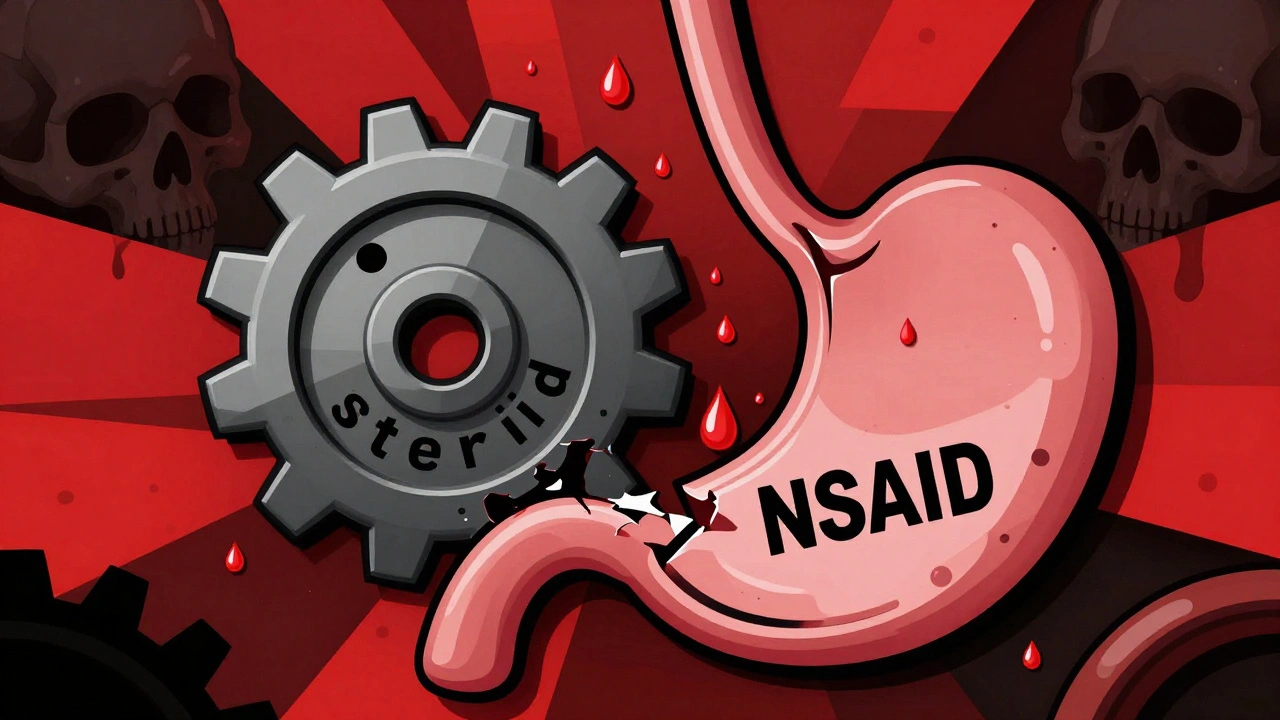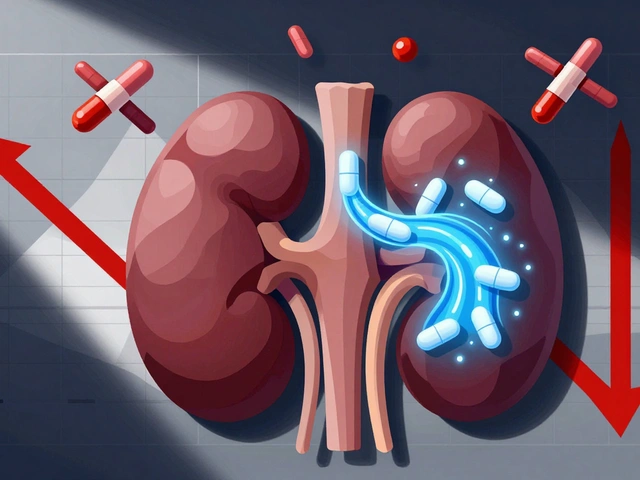Health and Medicine: Clear, Practical Guides on Medications and Safe Buying
You want straight answers about drugs, treatments, or buying medicine online — no fluff. This category collects hands-on guides, comparisons, and safety tips so you can make smarter choices about prescriptions, alternatives, and telehealth.
We aim for usable info: when to consider an alternative medication, how a drug is used for a rare condition, and how to buy safely if you choose an online pharmacy. Read with a pencil in hand — these posts are made to help you decide what to ask your clinician or pharmacist.
How we help you navigate meds
Need to choose between telehealth services? Our Hims vs RexMD piece breaks down consultation flow, pricing, privacy, and speed so you know which platform fits your needs. Looking to buy a specific drug? The Florinef and Symbicort guides walk through legit sites, prescription rules, expected costs, and red flags to avoid when ordering online.
We also cover clinical topics. If you’re dealing with a rare blood disorder, read the melphalan for heavy chain disease article to understand how the drug works, expected outcomes, and common side effects reported in case studies. For eye health, explore discussion around cabergoline and glaucoma where laboratory and small clinical reports hint at possible benefits — but note that larger trials are still needed.
Quick ways to use this category
Start with a clear question: Are you checking safety, shopping online, or comparing treatments? Use the site search to type the drug name (like Wellbutrin SR, Amlodipine, or Vibramycin). If you’re worried about side effects or switching meds, our alternatives articles give practical options — for example, seven alternatives to amlodipine and ten options instead of Wellbutrin SR — with straightforward pros and cons.
When buying online, follow three rules: (1) prefer pharmacies that require a prescription and show a verified license, (2) compare total cost including shipping and taxes, and (3) check for clear return and privacy policies. Our Symbicort and Florinef guides show exact steps and screenshots readers found useful when ordering in 2025.
We also publish condition-focused reviews: from sulfasalazine for ankylosing spondylitis to baclofen for pudendal neuralgia, and practical notes on NSAIDs like etodolac in the elderly. Short, focused articles mean you won’t wade through jargon — just the facts you need to talk to your provider.
If you want deeper reading, browse posts on digestive options (Motilium alternatives), antibiotic substitutes (Vibramycin alternatives), or topical research like PEG 3350’s experimental cancer roles. Bookmark pieces that match your meds and check dates — medicine changes fast.
Have a question about a specific article? Use the comment or contact options on the post. We write to inform, not to replace your doctor — always run treatment changes by a licensed clinician.

Chronic Kidney Disease and Metformin or SGLT2 Inhibitors: Dosing and Safety Guidelines 2025
Updated 2025 guidelines on using metformin and SGLT2 inhibitors safely in chronic kidney disease. Learn correct eGFR dosing thresholds, safety risks, combination therapy benefits, and what to do if your kidney function declines.
read more
Levothyroxine Generics: When to Monitor TSH After Switching Products
Switching between generic levothyroxine brands is safe for most people, but some patients need TSH monitoring after a switch. Learn who should get tested and why.
read more
Insurance and Medication Changes: How to Navigate Formularies Safely in 2025
Learn how to navigate insurance formulary changes safely in 2025 - what they are, why they happen, and how to protect your medication access without costly surprises.
read more
Alcohol and Sleep Medications: The Hidden Danger of Combined Sedation
Mixing alcohol with sleep medications like Ambien or Lunesta can cause deadly sedation, slowed breathing, memory loss, and sleep-driving. No amount is safe. Learn the risks, the science, and what to do instead.
read more
Statin-Induced Muscle Pain: Understanding Myalgia and Myositis
Statin-induced muscle pain isn't always harmless. Myalgia is common, but myositis and immune-mediated myopathy can cause lasting damage. Learn the signs, when to test, and what to do next.
read more
How Drug Shortages Are Delaying Treatment and Endangering Patients
Drug shortages are delaying critical treatments, increasing medical errors, and forcing patients to skip doses. Learn how this crisis impacts care, who’s most at risk, and what you can do.
read more
Insurance Coverage of Generic Combinations vs Individual Generics: What You Pay and Why
Generic combination drugs aren't always cheaper than buying the same meds separately. Learn how insurance plans decide coverage, why costs vary, and how to save money on your prescriptions.
read more
Steroids with NSAIDs: How the Combination Raises GI Bleeding Risk and How to Prevent It
Combining steroids and NSAIDs can multiply the risk of life-threatening GI bleeding. Learn why this happens, who's most at risk, and how to prevent it with proven strategies like PPIs and safer NSAID alternatives.
read more
ACE Inhibitors and ARBs: What You Need to Know About Interactions and Cross-Reactivity
ACE inhibitors and ARBs are both used for high blood pressure and kidney protection, but combining them increases serious risks like hyperkalemia and kidney failure without added benefits. Learn why doctors avoid this mix and what to do instead.
read more
How the FDA Monitors Generic Drug Safety After Approval
The FDA monitors generic drug safety after approval using real-world data, adverse event reports, and market analysis to catch manufacturing defects and therapeutic issues. Learn how the system works - and where it still has gaps.
read more




